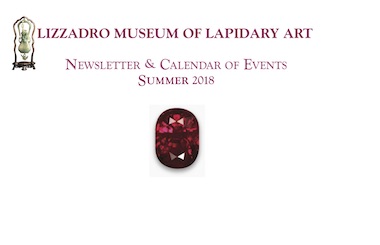Summer 2018
Special Exhibit: Cameos & Chakras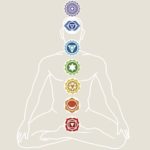
Explore two exhibits that focus on meditation. Italian shell cameos of Christian themes depict the Stations of the Cross and Saints. The Chakra Stones developed from ancient Indian influences and correspond to one’s positive awareness.
Through September 16
Regular Museum Hours & Admission
The Origin of Birthstones
Often the first piece of jewelry a child receives is a tiny ring or locket containing his or her birthstone. Have you ever wondered who invented birthstones and why? Birthstones are not a modern concept. In ancient times the Romans, Hebrews, and early Arabs also ascribed significance to certain gems in certain seasons. Various stones were thought to possess a variety of powers that could influence lives.
The origin of birthstones can be traced back to the breastplate of Aaron, High Priest of the Hebrews. In about 1250 B.C., according to the Bible (Exodus 28), God told Moses to fashion a breastplate for his brother Aaron. The breastplate measured roughly nine inches square. It was a folded fabric pouch made from twilled linen woven with threads of gold, blue, purple, and scarlet. The face of the breastplate had four rows of three stones each representing the Twelve Tribes of Israel. Each stone possessed a special power for the wearer. It was believed certain stones had special abilities for the person who wore them, either by protecting them or bringing them luck. When all the stones were worn together they would make Aaron invincible and protect him from harm.
According to Gemstones of the Bible written by gemologist Percy H. Perkins, Jr. the breastplate may have been adorned by the following gems in this order:
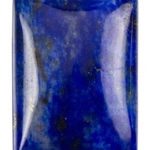
Row 1: emerald, peridot, carnelian
Row 2: rock crystal quartz, lapis lazuli, garnet
Row 3: amethyst, agate, zircon
Row 4: jasper, onyx, citrine
Depending on the translation you read, and there are many different translations, these stones may be interpreted differently or found in a different place on the breastplate. All of the stones on the breastplate are believed to have been cut in cabochon form.
In certain translations turquoise is placed as the eighth stone on Aaron’s breastplate. But according to the Jewish Encyclopedia, the eighth stone is translated as sky blue agate. Prior to scientific tests to determine a gem’s composition, biblical names and gem colors were often confused.
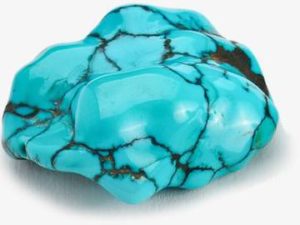
One begins to see how the ancient importance of stones and modern translations can vary according to interpretation. However, turquoise was not forgotten, as it became the primary birthstone for December. Bracelets of cast gold and turquoise were found on the 7,500 year old Egyptian mummy of Queen Zer. Excavated in 1900, the bracelets are the oldest known gemstone jewelry.
Astrologers linked gemstones to the twelve signs of the zodiac and believed the stones manifested their greatest influence under their respective signs. However, since the zodiac is not based specifically on the twelve months of the calendar, it proved to be an unwieldy and confusing system for assigning birthstones. Lists of beneficial stones and superstitions were created through the centuries by many cultures and countries which differ from the birthstone rosters.
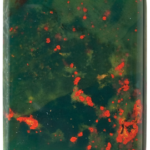
Through the years changes have been made to our list of accepted birthstones resulting in some months having one or two alternate stones, as well as primary stones. Many of the biblical stones still hold a position of primary or alternate stones. In some instances, the changes were made to avoid duplication of colors. We see the green of the new leaves and dew-tipped grass of springtime in May’s emerald; the soft light of the summer moon in June’s pearl; the warm glow of a winter fireplace in January’s garnet.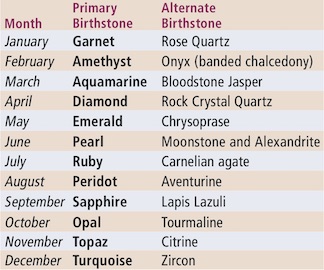
In 1912 the American National Retail Jewelers Association created an “official” list of birthstones. The American Gem Society and the American Association of Jewelers adopted this list in 1952.
Gems have come to symbolize many occasions. Gems link us to the treasures of the earth. Wearing your birthstone or any gem makes one feel special. Perhaps, that is the true power of gemstones. All of the birthstones and alternates listed in this article are on permanent display at the Museum.
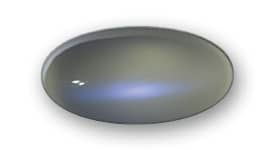
This article was excerpted and re-edited for this newsletter by Dorothy J. Asher from previous Museum articles written by LaVergne Novak and Amanda Hart with source reference from The Gemstones of the Bible by Percy H. Perkins, Jr., G.G., second edition (c) 1981. For more on birthstones including a description on each month’s primary and alternate stones see Lizzadro Museum Publication Winter/Spring 1993.
Gemologist, Sakina Bharani will present “What is my Birthstone?” at the Museum on September 22 at 2 p.m. Reservations are recommended.
Experience Chakra Stones
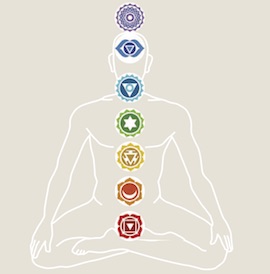
This summer, the Museum presents a special exhibit about chakras and associated healing stones. Chakras are energy points connected to the physical body via energetic layers (subtle bodies) commonly known as the auric field. To better understand this exhibit, the Museum is hosting a lecture and two yoga sessions related to the mystical and metaphysical method of chakras.
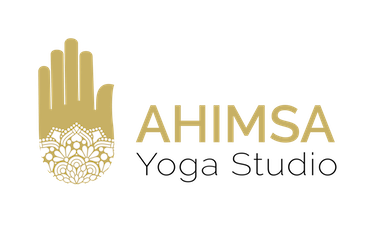
On Saturday July 21st and September 8th at 9 a.m., we welcome Ahimsa Yoga-Studios-Elmhurst instructor, JoAnn Concialdi. The sessions are geared for all-levels of yoga ability. Each class will focus on connecting to the energies of the chakras. Classes will be held in the peaceful surroundings of the Museum’s lower level Rock & Mineral Experience and require comfortable clothes and yoga mat. Space is limited and reservations are required. Call the Museum to register.
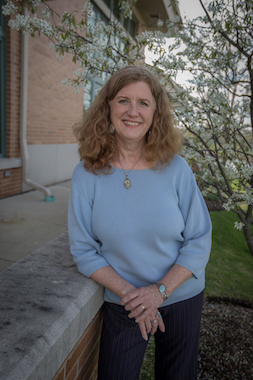
Then, on September 8th at 2 p.m., Ann O’Malley, RN, HTCP-1, will present a lecture about chakras used in Healing Touch therapy. Ann is a certified Healing Touch Practitioner-Instructor. She has also received training in Native American Medicine and uses many tools to assist in healing including: hands, drum or rattle, feathers, crystals and spiritual counseling. Ann has incorporated energy-based forms of healing in her private practice for over 20 years. Reservations for the lecture are recommended.

